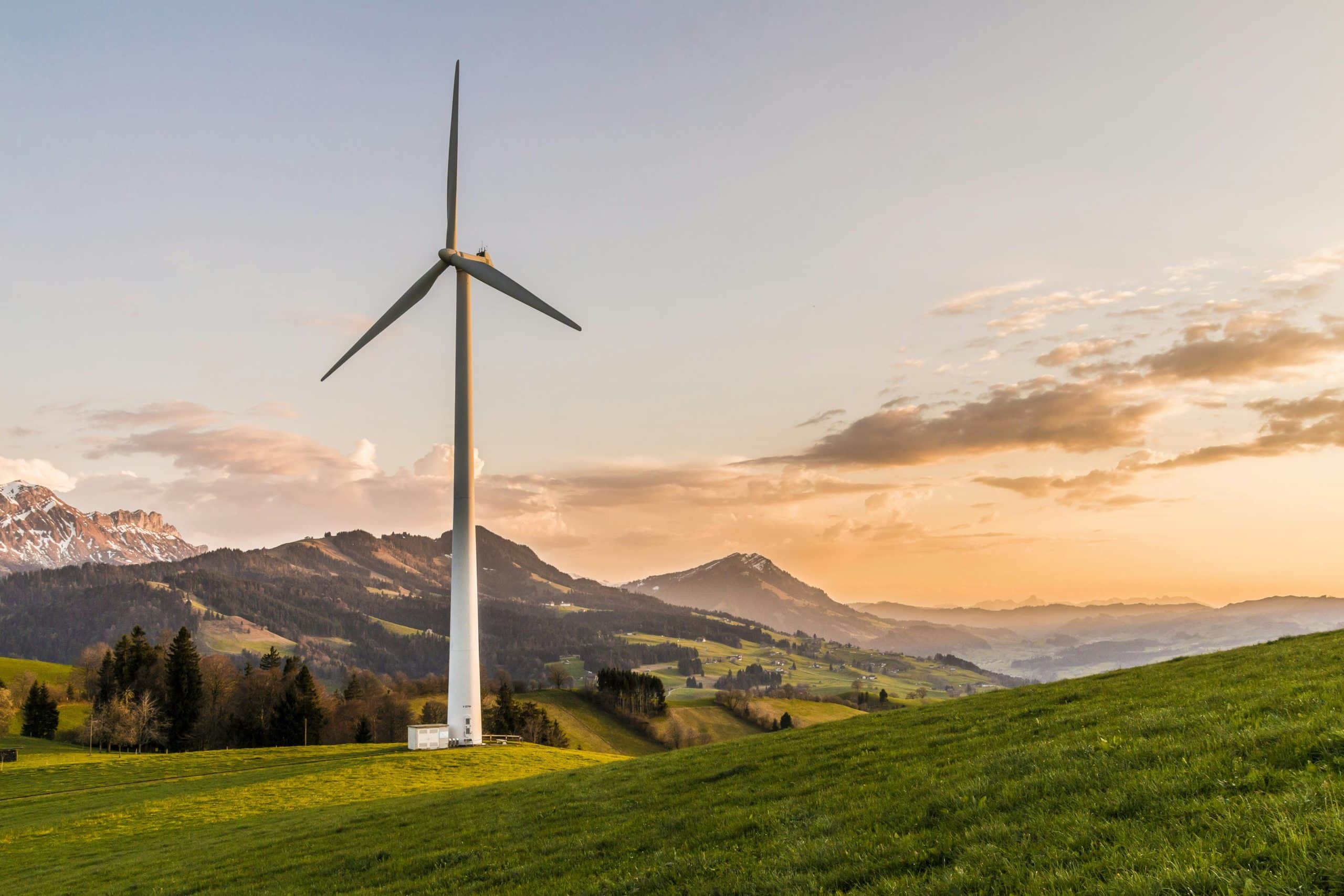As the demand for renewable energy intensifies, the United Kingdom’s energy sector is turning its focus towards harnessing the power of wind. With its vast coastline and consistent wind patterns, the UK is ideally positioned to exploit this abundant resource. The attention of the industry is now shifting from conventional onshore wind farms to more efficient offshore installations. But what are the most promising offshore wind technologies that hold the potential to revolutionize the UK’s energy sector? Let’s delve into it and understand the trends, projects, and opportunities in offshore wind power.
Floating Wind Turbines: The Future of Offshore Wind Energy
Floating wind turbines represent a significant advancement in offshore wind technology. Unlike traditional turbines, which are fixed to the seafloor, these structures float on the surface of the ocean, anchored by cables. This allows them to be installed in deeper waters, where the wind is often stronger and more consistent.
In the same genre : How to Develop a Mental Health Support Network in Your UK Community?
Several floating wind projects are underway in the UK, promising a significant increase in the country’s wind energy capacity. Notably, the Hywind Scotland project by Equinor, the world’s first floating wind farm, has demonstrated the viability and efficiency of this technology. With a capacity of 30 MW, the project generates enough electricity to power approximately 20,000 homes.
Increased Turbine Capacity: Harnessing More Power
With advances in technology and engineering, wind turbines are becoming larger and more efficient, capable of generating more power. Modern turbines can reach heights of over 200 meters, with blade lengths up to 100 meters, allowing them to capture more wind and convert it into electricity.
This might interest you : How Can Precision Agriculture Techniques Boost Crop Yields in UK Farms?
In the UK, the trend towards larger turbines is evident in projects like the Dogger Bank Wind Farm. When complete, this offshore wind project will feature turbines with a capacity of 13 MW each, contributing substantially to the farm’s total capacity of 3.6 GW, enough to power millions of homes.
Onshore Wind Energy: Still a Relevant Player
Despite the shift towards offshore wind, onshore wind power is still a crucial component of the UK’s energy mix. Onshore wind farms are cheaper and quicker to install, and they can often be placed closer to population centers, reducing transmission losses.
UK’s onshore wind sector has seen a revival, with new projects adding to the existing capacity. For instance, the Vattenfall’s South Kyle Wind Farm, with a capacity of 240 MW, will generate enough electricity to power nearly 170,000 homes.
Global Trends and the UK’s Position
The global wind energy market has seen remarkable growth in recent years, driven by increasing environmental awareness and the need for sustainable energy sources. Offshore wind, in particular, has emerged as a promising sector due to its higher capacity and fewer restrictions compared to onshore wind.
The UK is at the forefront of this global trend, leading the world in offshore wind capacity. The Global Wind Energy Council reported that the UK had the highest offshore wind capacity in the world at the end of 2023, with over 10 GW operational.
The Role of Government and Industry
The UK government and the wind energy industry have played significant roles in promoting wind power and supporting the development of new technologies. The government’s commitment to achieving net-zero carbon emissions by 2050 has been a major driver for the growth of renewable energy, including wind power.
Industry players, from turbine manufacturers to energy companies, are also investing heavily in wind power. Key players like Ørsted and Scottish Power are leading the charge, with significant offshore wind projects in the pipeline. These investments, combined with strong government support, are helping to establish the UK as a global leader in wind energy.
As the winds of change blow across the energy sector, the UK is embracing offshore wind power like never before. With a firm commitment to renewable energy, the adoption of advanced technologies, and the involvement of the industry and government, the UK is set to become a global powerhouse in offshore wind energy. Will it realise its full potential? Only time, and the wind, will tell.
Advancing the Supply Chain: A Necessity for Growth
In order to harness the full potential of offshore wind, it’s not just about the technology; the supply chain also plays a crucial role. The supply chain for offshore wind includes everything from manufacturing and transportation of the wind turbines to their assembly and maintenance. As the scale of offshore wind projects increase, advancing and streamlining the supply chain becomes increasingly important.
In the United Kingdom, efforts are underway to optimise the supply chain and bring down costs. For instance, the Offshore Wind Industry Council, a collaborative platform of the UK wind industry and government, has launched a shared supply chain development programme. This programme is designed to facilitate the growth of the UK’s offshore wind supply chain, improve competitiveness and enhance the sector’s ability to deliver at scale.
Moreover, the UK has a significant advantage in this regard because of its extensive experience in North Sea oil and gas exploration. The capabilities and infrastructure developed for the oil and gas industry can be transitioned towards supporting offshore wind projects. This includes ports and harbours, vessels, skilled workforce, and understanding of marine operations and maintenance.
Innovation in Grid Integration: Securing a Reliable Future
As the installed capacity of offshore wind grows, integrating it into the national grid becomes a crucial task. Given the intermittent nature of wind power, grid integration involves managing the variability of output and ensuring a stable supply of clean energy.
Advanced grid integration technologies are thus emerging as a promising sector within offshore wind. For example, energy storage systems, like batteries, can store excess power produced during high wind periods and release it when wind speeds drop. Meanwhile, grid management systems, using Artificial Intelligence and Machine Learning algorithms, can predict wind patterns and balance supply and demand in real time.
The National Grid, the UK’s electricity and gas utility company, is actively involved in integrating offshore wind energy into the grid. For instance, the Dogger Bank wind farm will use a Direct Current (DC) transmission system to minimise losses during power transmission from offshore sites to the mainland. Moreover, National Grid is also developing ambitious projects to interconnect the UK grid with neighbouring countries, thereby ensuring a reliable supply of renewable energy.
Conclusion: Embracing the Wind of Change
The future of the United Kingdom‘s energy sector is undoubtedly being shaped by offshore wind. From the development of floating wind turbines that can harness stronger winds in deeper waters, to the advancements in the supply chain and grid integration technologies, the UK is positioning itself as a global leader in offshore wind energy.
While challenges remain, the commitment from the UK government and industry players, combined with the nation’s advantageous geographical position, makes the prospect of transitioning to a wind-dominated energy mix feasible. The potential benefits are immense: cleaner energy, reduced carbon emissions, energy security and creation of jobs.
It’s an exciting time for the UK’s energy sector as it harnesses the power of wind, both onshore and offshore, to meet its ambitious renewable energy goals. The winds of change are indeed blowing, and they appear to be blowing favourably for the UK’s offshore wind industry.











